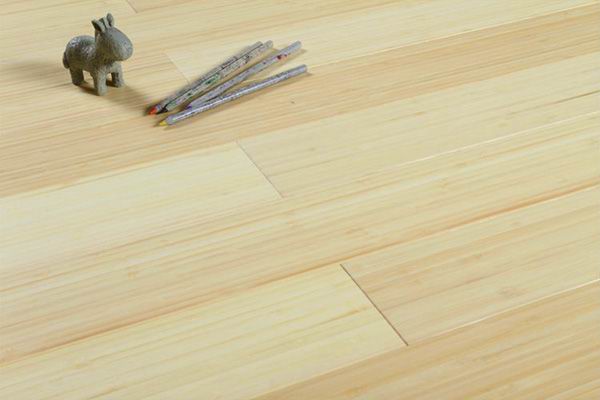Bamboo Flooring Pros And Cons
Bamboo flooring is a new division of flooring industry, not hardwood flooring, not cork, but natural and green flooring. Bamboo flooring has been in the market over 20 years, but still many people don't hear it before his life because bamboo has less promotion and advertising than hardwood and laminate. Bamboo flooring is for the people who really like to pursue the natural and healthy flooring for the house.
Bamboo Flooring Pros
Raw Material: Bamboo flooring in solid and strand woven is pressed from natural raw material - bamboo, which is recognized as most environmentally and sustainable material because bamboo is for harvesting less than 4 years, it is most fast-growing plant, not like hardwood with 20-30 years grown-up. Bamboo in south of China is the most large quantity plant and it has been used for construction and building thousands of years ago because bamboo can be easily cut and its versatility. Bamboo is the most strong plant in ancient.
High Quality: Bamboo flooring is pressed from layers of bamboo strips under high pressure and high temperature, this makes bamboo flooring high density and high strengthen. Bamboo flooring has a re-construction of bamboo strips, for example, 3-layer is more stable than 1 layer. Hardwood flooring is cut from log directly, no any further structure improvement. Bamboo flooring in strand woven is much better than hardwood, both density and durability.
Cost Effective: Bamboo flooring is 100% bamboo produced, and bamboo is a very low-cost material because bamboo is planted by the farmers after cutting. With recycling plantation, bamboo always has a very stable cost. Hardwood flooring in China is shipped from South America, Canada, East Europe, long way shipment makes flooring price extremely expensive, plus import tax and duty. Laminate flooring is not able to compare with bamboo flooring because laminate is paper laminated with MDF, this is super low price and not even to be called FLOORING.
Bamboo Flooring Cons
Less Choices: Bamboo is a natural material and it has one color only - original natural color. It has another steamed color - carbonized or caramel. Bamboo flooring only has 2 colors, 3 grains. Compared with hardwood and laminate, the choices are so small range, also the color of bamboo flooring is light tone, not dark as hardwood. Hardwood has so many species, bamboo is just bamboo. Laminate can get different colors by changing the surface paper. Bamboo can't. We make more colors by staining but this will absolutely reduce the beauty of bamboo.
Moisture Content: Bamboo grows in 4-6 years so the fiber is not 100% solid, inside is hollow and empty. Bamboo will get boiled and dried before pressing to control the moisture content at proper rate, but after installation, bamboo flooring might get shrinking or swearing depending on the installation site moisture content. It need have more specific and professional knowledge for installing bamboo flooring to avoid of problems. In the factory, the MC is 10%, if the site is 20%, the gap between 2 planks need be a little wider. If the site is 5%, the planks need be more closely.



 皖公网安备 34180202000049号
皖公网安备 34180202000049号